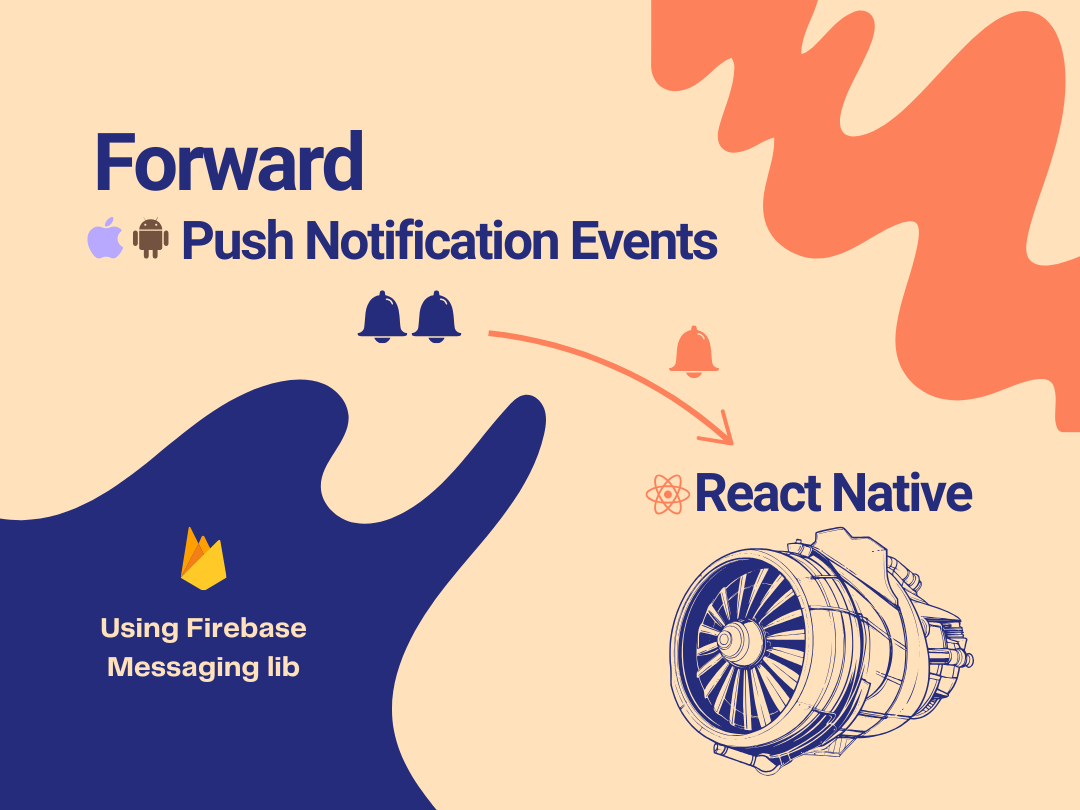A nice use-case for React Native Portals

Some days ago we encountered a problem that seemed very time consuming to resolve it.
We’ve had the following components structure.
The new requirement was that the <TopHeaderComponent/> should also be sticky and the initial idea was to move that code from <Page/> into <Header/> component, because that one was already sticky.
This was not so easy to do because that <TopHeaderComponent/> was doing a lot of logic with other components from <PageContent/> and to extract that logic would be implied to add a new set of Props and React.Context values to be able to communicate with the <Page/>.
Here is where the portals idea seemed a good solution, basically it’s a way to keep the code inside <Page/> component but you can teleport the view outside of <Page/> component in the <Header/> component.
To able to achieve this we added react-native-portal, this works well with React Native and React Native Web.
Here is an example of how to use the library:
Based on this example our new components structure now look like this:
and in <Page/> component we have this:
Don’t forget to wrap your app with <PortalProvider/>, this component will search in the Virtual DOM for all the active portals.
That was it, a few lines of code saved us days of refactoring!
Looking for a sharp team of developers? Let’s connect on LinkedIn!




Comments